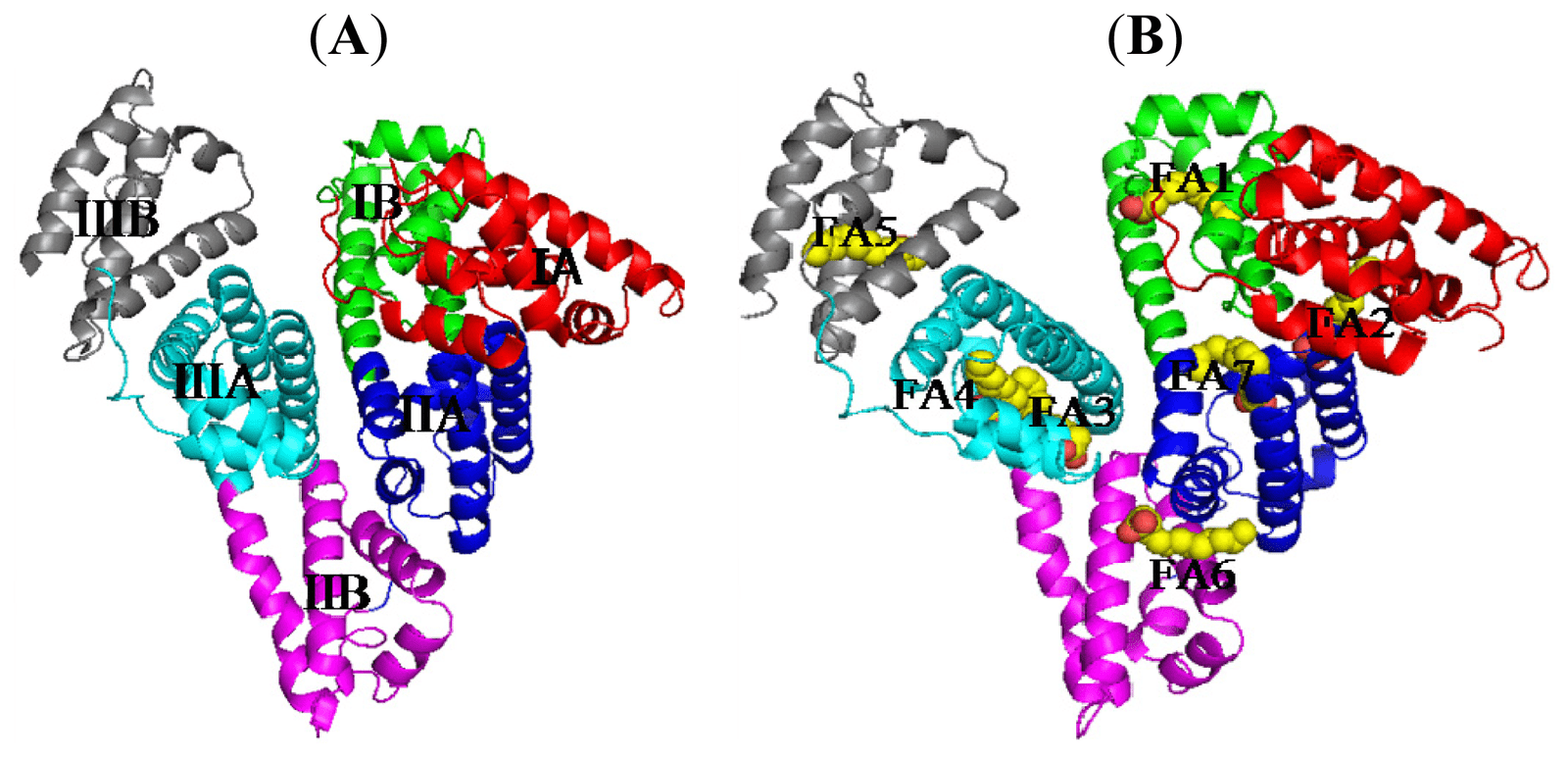HISTORY OF GERIATRIC ANESTHESIA
Geriatric anaesthesia has developed over the years as doctors have become more aware of the special concerns and difficulties involved in caring for older patients under general anaesthesia. Mid-1940s to 1950s: A journal article published in the mid-1940s and a textbook published in the 1950s demonstrate the first interest in geriatric anaesthesia. In spite of this, … Read more







